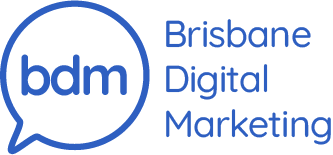As a business owner, you may have heard the term “first party data” buzzing around in the digital marketing world lately. But what is “first party data”?
First party data refers to the data that a business collects directly from its customers or website visitors. This can include information such as email addresses, purchase history, and browsing behavior. It’s called “first party” because it comes directly from the source – your customers.
Now, why is it suddenly becoming so important? Well, recent privacy regulations, such as GDPR and CCPA, have made it harder for businesses to collect and use third party data (data obtained from other companies or sources) for digital marketing purposes. In addition, consumers nowadays are more concerned about their privacy and how their data is being used.
This is where first party data comes in. By relying on your own customer data, you can create more personalised and relevant marketing campaigns without relying on third party data. This can improve customer trust and loyalty, as well as increase your ROI.
So, how can you use first party data in your digital marketing efforts? Here are a few examples:
1. Personalised emails
Use customer data to send targeted and relevant emails based on past purchases or browsing history.
2. Customised website experiences
Utilise customer data to provide personalised content or recommendations to visitors on your website.
3. Lookalike audiences
Use first party data to create lookalike audiences, which are groups of people who share similar characteristics to your current customers. This can help expand your reach to new potential customers who are more likely to convert.
In conclusion, first party data is becoming increasingly important in digital marketing due to changing privacy regulations and consumer preferences. It’s important to understand how you can use your own customer data to create more personalised and effective marketing campaigns.



